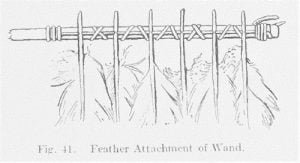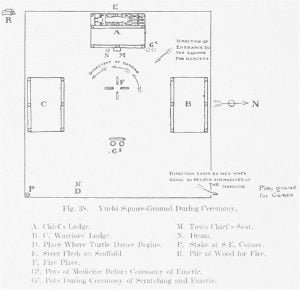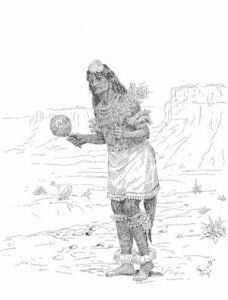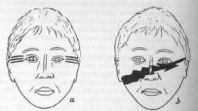Choctaws Views on the Dead
In the disposition of their dead, the ancient Choctaws practiced a strange method different from any other Nation of people, perhaps, that ever existed. After the death of a Choctaw, the corpse wrapped in a bear skin or rough kind of covering of their own manufacture, was laid out at full length upon a high scaffold erected near the house of the deceased, that it might be protected from the wild beasts of the woods and the scavengers of the air. After the body had remained upon the scaffold a sufficient time for the flesh to have nearly or entirely … Read more








